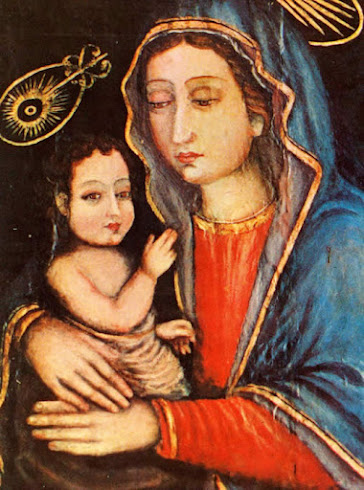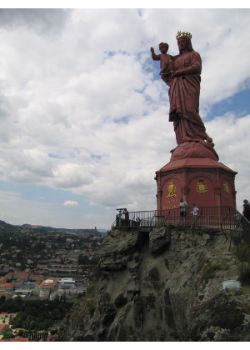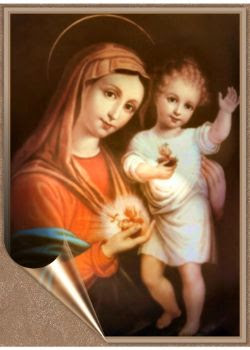OUR MOTHER OF ESQUERNES (FRANCE)

The shrine of Our Mother of Esquernes lies a half league from Lille, in Flanders. This image began to work miracles about the year 1162 and is still greatly venerated for the wonders which Mary continues to work through her intercession. While the painter responsible for the image of Mary at Esquernes, was putting forth all his effort and talent to depict the Mother of God as beautiful as might be possible to conceive by the human mind. The Devil tried to intervene. The Virgin suspended the painter in mid-air until the Bishop arrived to pronounce exorcism, and the Evil molested the painter no further.
































